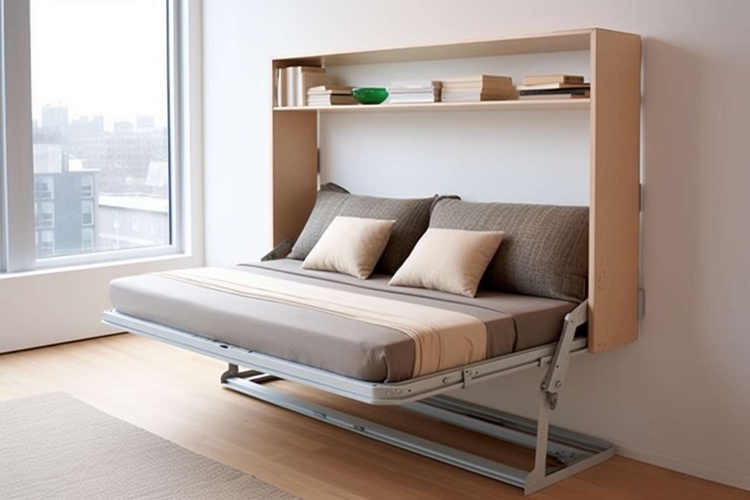Title: Micro-Apartments: The Future of Urban Living?
Introduction: In the ever-evolving landscape of real estate, a new trend is gaining momentum in major cities worldwide. Micro-apartments, typically ranging from 200 to 400 square feet, are reshaping urban living. With skyrocketing housing costs and shifting demographics, these compact living spaces are becoming an increasingly attractive option for young professionals, students, and city dwellers seeking affordable housing in prime locations. But what exactly are micro-apartments, and do they represent a sustainable solution to urban housing challenges?

Addressing Urban Housing Challenges
The proliferation of micro-apartments is closely tied to several urban housing challenges. Rapid urbanization, coupled with limited land availability in city centers, has led to soaring property prices and rental costs. Additionally, changing demographics, including a growing number of single-person households and young professionals prioritizing location over space, have created a demand for alternative housing options. Micro-apartments offer a solution by maximizing the use of limited urban space while providing affordable housing in desirable locations.
Design Innovations in Micro-Living
To make micro-living not just feasible but comfortable, architects and designers are pushing the boundaries of space optimization. Innovative storage solutions, multifunctional furniture, and clever use of vertical space are key features of well-designed micro-apartments. For instance, Murphy beds that fold into walls, dining tables that convert into workspaces, and built-in storage units that maximize every square inch are becoming standard. Some developments even incorporate shared amenities like communal lounges, rooftop gardens, and co-working spaces to complement the compact private living areas.
The Economics of Micro-Apartments
From an investment perspective, micro-apartments present an interesting proposition. For developers, these units allow for higher density projects, potentially increasing returns on investment in high-value urban locations. For renters or buyers, micro-apartments offer an entry point into neighborhoods that might otherwise be unaffordable. However, the economics can be complex. While the overall cost of a micro-unit is typically lower than a standard apartment, the price per square foot is often higher. This pricing model has led to debates about affordability and whether micro-apartments truly address housing accessibility or simply maximize profits in tight markets.
Regulatory Challenges and Policy Implications
The rise of micro-apartments has not been without controversy. Many cities have had to grapple with zoning laws and building codes that were not designed with such small living spaces in mind. Minimum size requirements for residential units, parking regulations, and density restrictions have posed challenges to the development of micro-apartment projects. Some cities have responded by creating special zoning categories or pilot programs to allow for these developments, recognizing their potential to address housing shortages. However, concerns about livability standards and the long-term impact on urban demographics continue to shape policy discussions.
Social and Psychological Impacts of Micro-Living
While micro-apartments offer a practical solution to urban housing challenges, questions remain about their impact on residents’ well-being. Critics argue that such small living spaces may negatively affect mental health, social interactions, and overall quality of life. Proponents, however, point to the benefits of minimalist living, reduced environmental footprint, and the potential for increased social interaction through shared spaces and amenities. Studies on the long-term effects of micro-living are still limited, but early research suggests that thoughtful design and community-building efforts can mitigate potential drawbacks.
The Future Outlook for Micro-Apartments
As urban populations continue to grow and housing affordability remains a pressing issue, micro-apartments are likely to play an increasingly significant role in the real estate landscape. The success of this housing model will depend on several factors, including regulatory support, design innovations, and shifts in consumer preferences. Looking ahead, we may see further evolution in micro-apartment concepts, such as modular designs that allow for unit expansion or contraction based on residents’ changing needs. Additionally, the integration of smart home technologies could further enhance the livability and efficiency of these compact spaces.
In conclusion, micro-apartments represent a bold response to the challenges of urban living in the 21st century. While they may not be a one-size-fits-all solution, their growing popularity signals a shift in how we think about housing, space utilization, and urban development. As cities continue to grapple with housing affordability and sustainability, micro-apartments offer a compelling, if contentious, path forward. The ultimate success of this housing model will depend on striking the right balance between efficiency, affordability, and livability, ensuring that urban spaces remain vibrant, diverse, and accessible to all.





